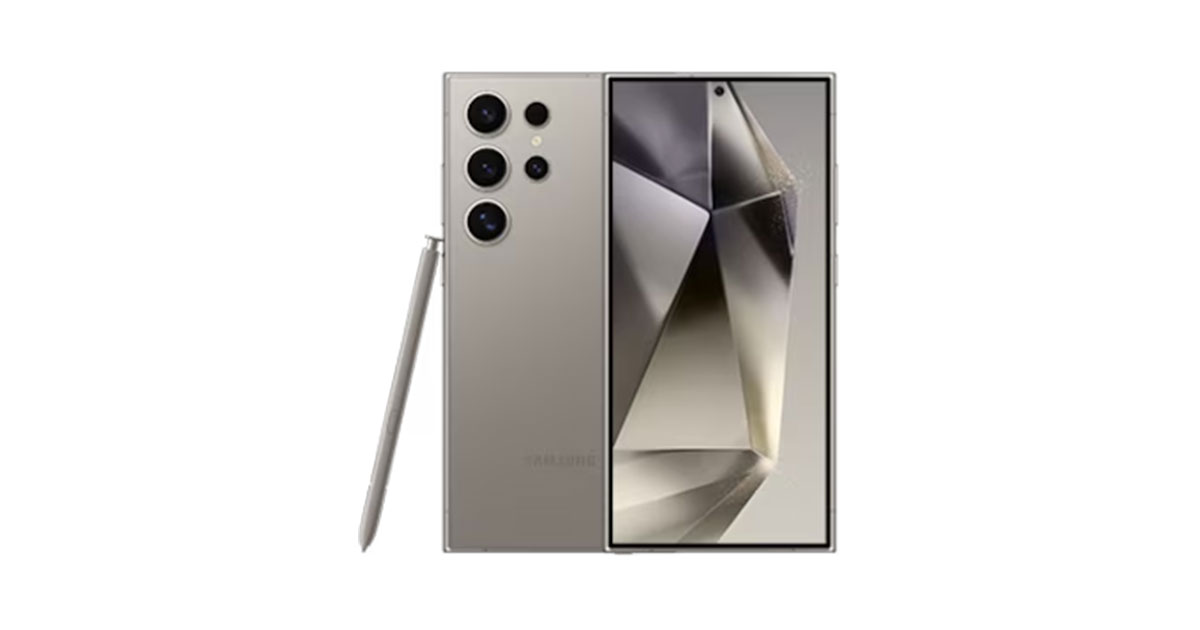Sure, stacked RAW formats have come a long way and bring some very interesting and helpful features.

Especially, as many smartphones camera reviews seem to be mainly concerned about image noise, and manufacturers therefore tend to produce to too clean results because of this.
With stacked photos you get better looking dark areas most of the time due to better shadow details / less needed noise reduction in the process.
You also end with better dynamic range.
Many phones deliver also very good results with their tone mapping (darker skys, brightened shadow parts) without a too heavy HDR look.
And at least with Apples ProRAW in Adobe apps, you can regulate this tonemapping.
As it's not baked into the RAW image but instead added as an additional layer in the RAW file, you can apply the strength from natural photo look and the one end to HDR look at the other end.
The default slider position ends in an image that looks exactly like a JPG from the phone.
Like you said, this can save a lot work on post processing and I would love to see something like that for my larger cameras as well.
So, my main problem with this formats is some missing control and reliability.
Like, smudged shadows or faces in case it was not possible to shoot / use a frame with a long enough shutter speed for the phone.
For example a moving person might show aggressive noise reduction because the phone decided to freeze it but could only use a very short shutter speed frame and used more noise reduction than on the rest of the image.
This can result in a an image with an irritating look.
On the next image the phone might decide to keep the persons motion blur with less noise reduction, as it doesn't recognize it as a main object of the photo and use a longer shutter speed frame for it.
Both decisions might be in my interest, or completely wrong, depending on the scene.

Or smudged shadow detail, as the camera didn't take a frame with a long enough shutter speed for this high dynamic range. Sometimes happens when shooting in bright sunlight with some dark areas that have not much contrast.
Details can be killed by noise reduction very quickly here. At least this point could see huge improvements when phones can use better AI noise reduction fast enough to do it on-the-fly while shooting/saving the file.
That's why I tend to stick with RAW in some situations.
But I agree that most phone photographers aren't interested in spending that much effort in their photos.
And stacked photography increased quality for the big mass by a lot.



